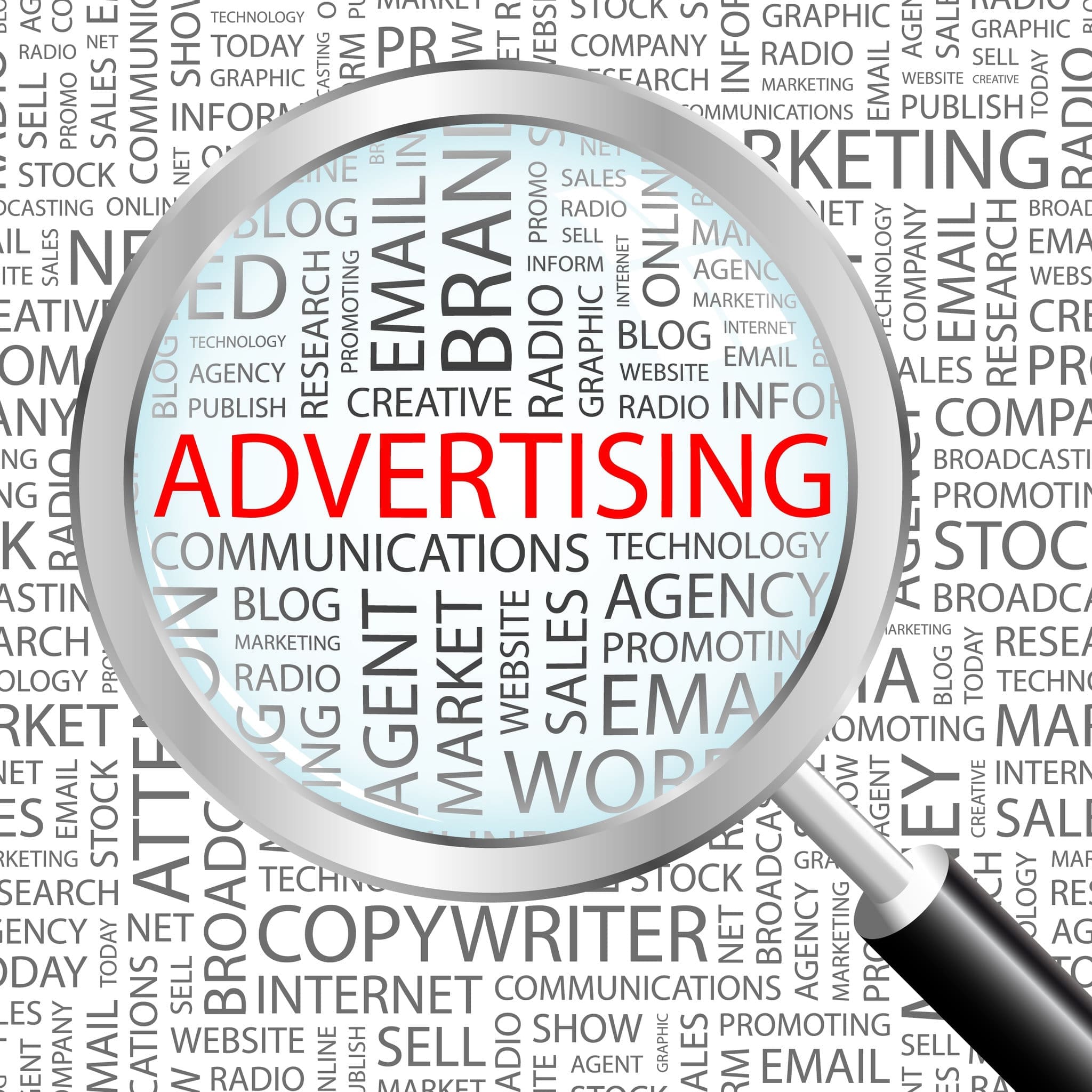An advertisement is an announcement or notice that is concerned with promoting an event, product, service or opportunity. All advertisements have a purpose to persuade, therefore all forms of advertisement tend to use a range of rhetoric and literary devices to help persuade the intended audience to buy a certain product or to attend an event etc. Advertisements cover a broad range of non-fiction texts, for example:
- Posters
- Leaflets
- Banners
- Newsletters
- Television and radio advertisements
No matter the audience, posters are intended to be short and snappy in order to grab the reader’s attention quickly. Posters normally include a lot of bright colours and images. They also tend to use a lot of simple and compound sentences to avoid appearing over-complicated. If a poster is too over-complicated, it will risk losing the reader’s attention.
On the other hand, leaflets are very similar to posters in some ways but a lot more textual information tends to be provided in a leaflet. Bright colours and images will still be used to grab the audience’s attention but paragraphs of information will normally be included.
Banners are very similar to posters as they are designed to grab the audience’s attention quickly and so cannot be too over-complicated. The main difference between a banner and a poster is in their size. A banner is a long strip of paper or cloth that is normally held across a building in a public place or carried in a demonstration. They normally bear a single slogan or design and, although larger in size, often include less images and text than a poster.
Newsletters normally consist of several different advertisements on one page. They require a bit more information than banners and posters but not as much as leaflets. Like with any advertisement, the purpose is to persuade, and so the audience’s attention must be grabbed quickly. Colours, images and literary devices are often used to do this.
You will probably be exposed to television and radio advertisements on a daily basis. Although you will never be provided with a video to watch or a recording to listen to in the exam, you could come across a transcript of a television or radio advertisement. These forms of advertisements normally use colloquial language, may have a jingle to help the audience remember the product or event (for example, the company ‘Go Compare’ have an opera singer singing their memorable jingle), include a logo for the brand/product, normally include a demonstration of the product (sometimes even by a celebrity figure) and may include spoken literary devices.



